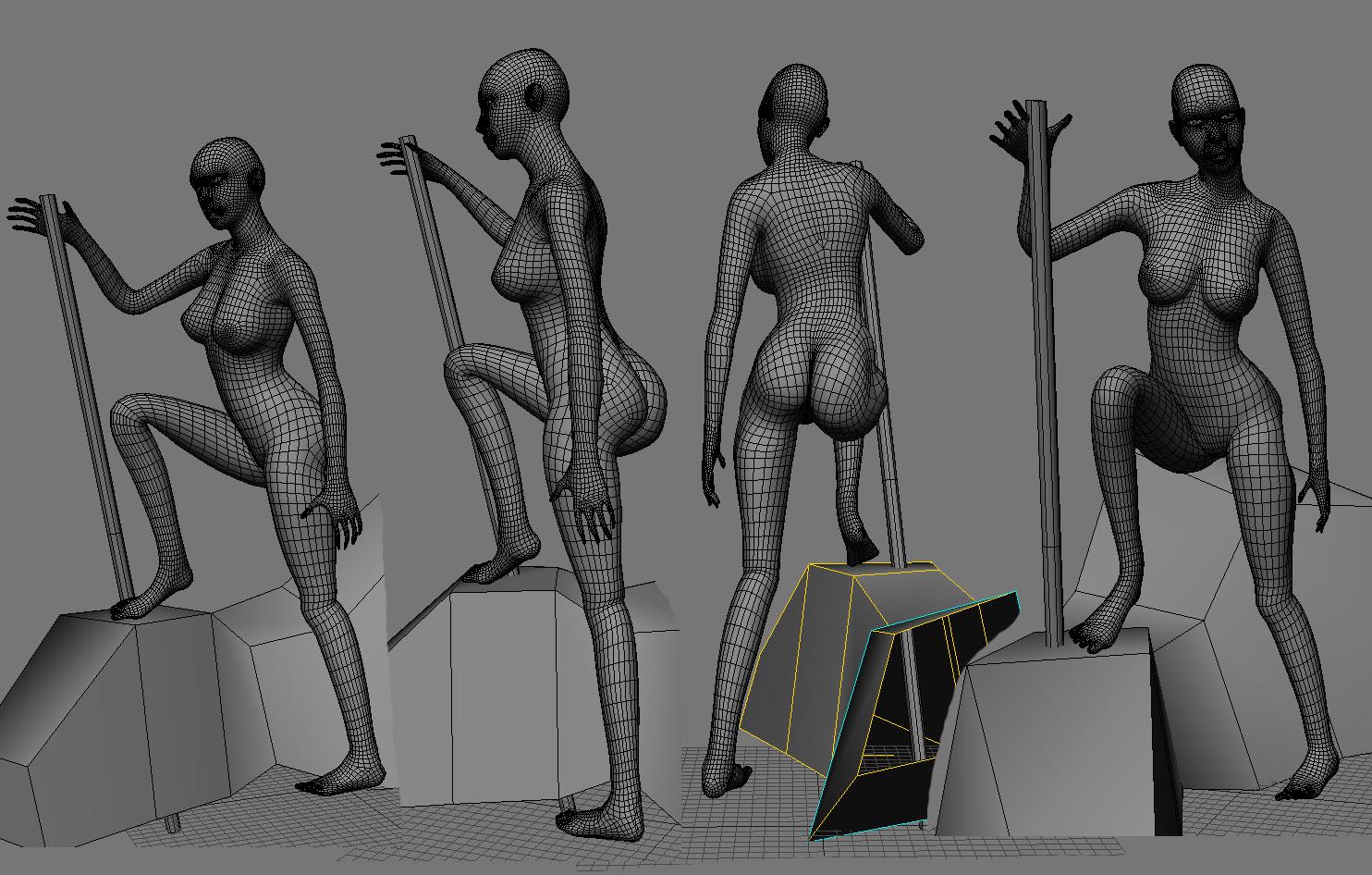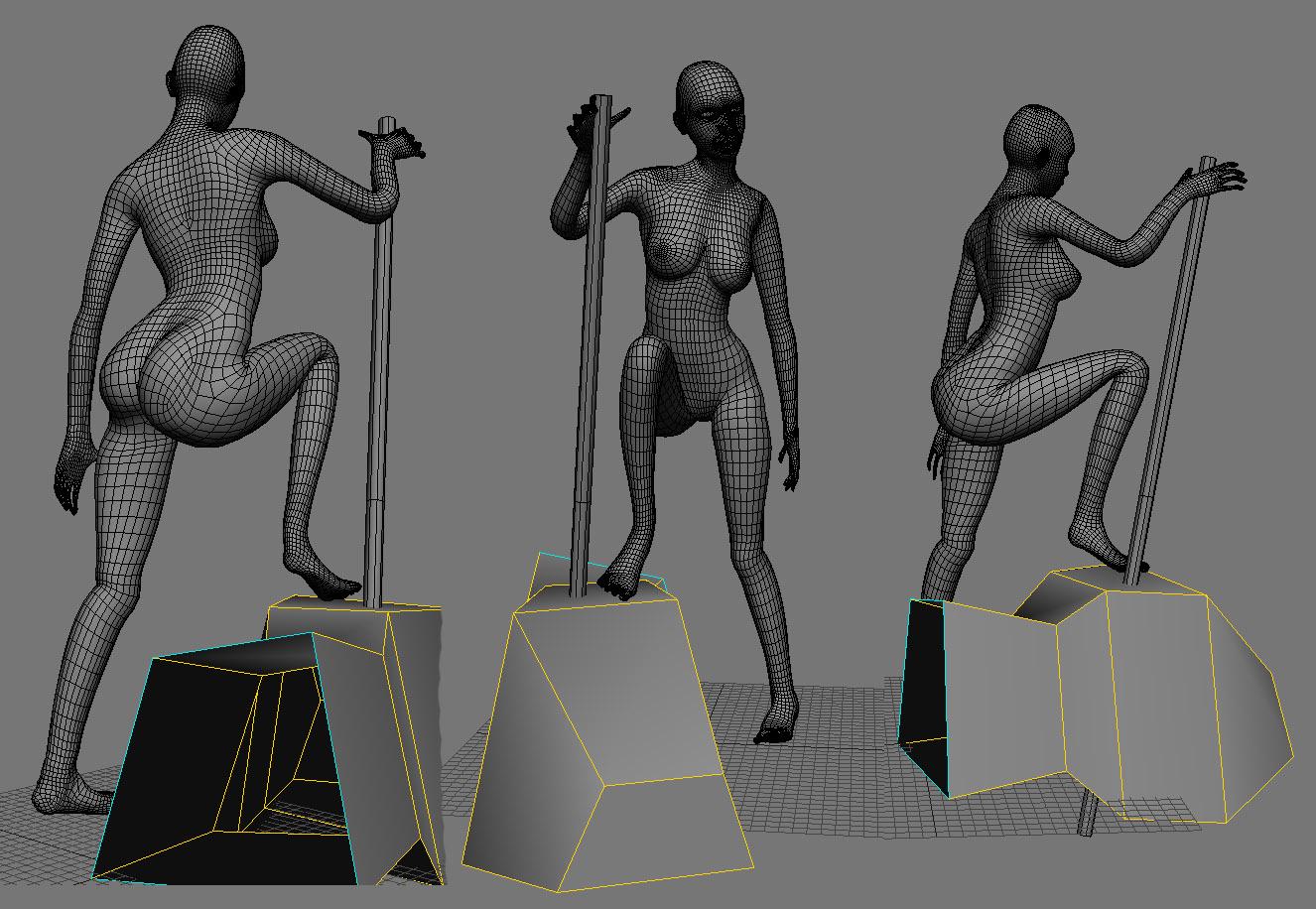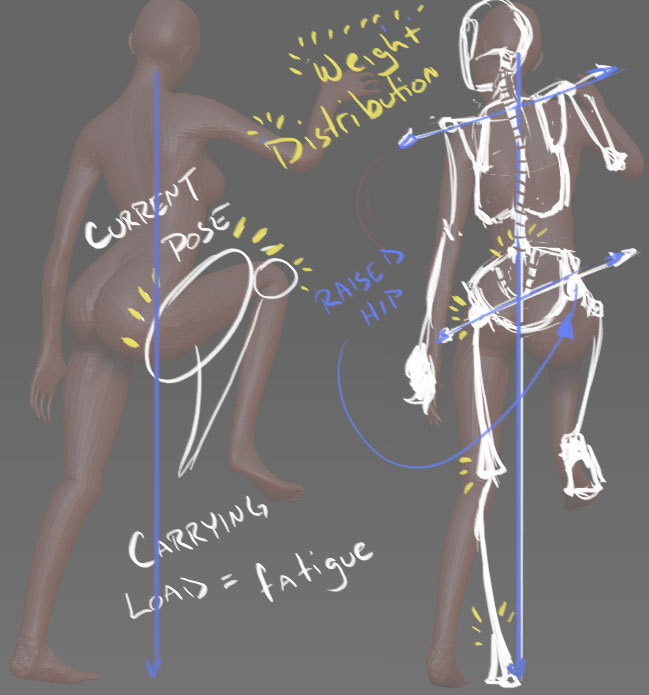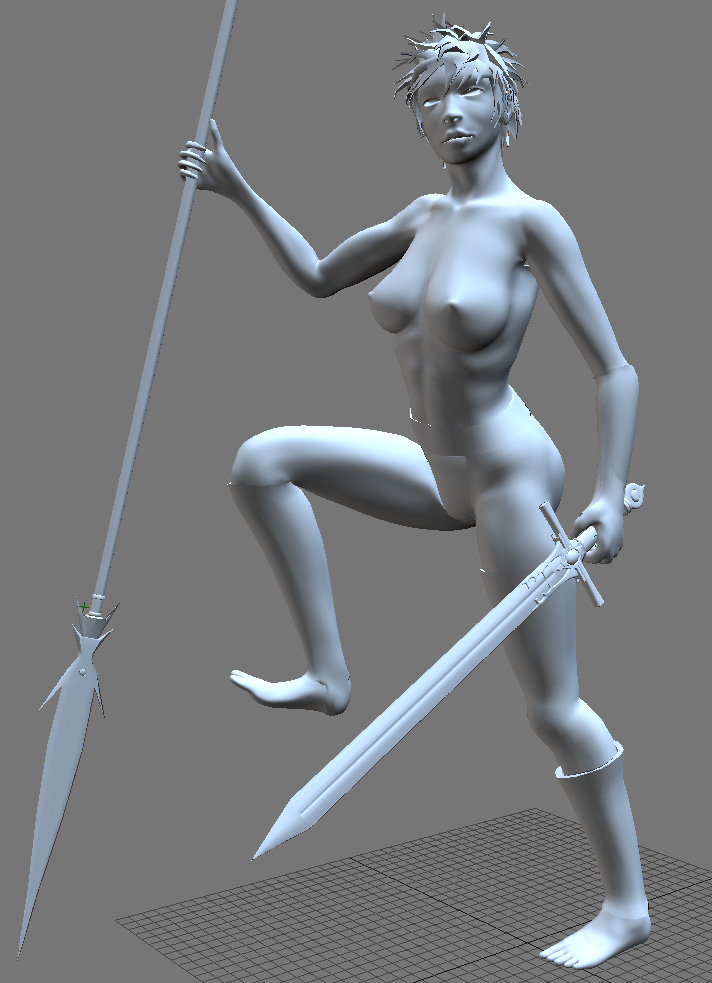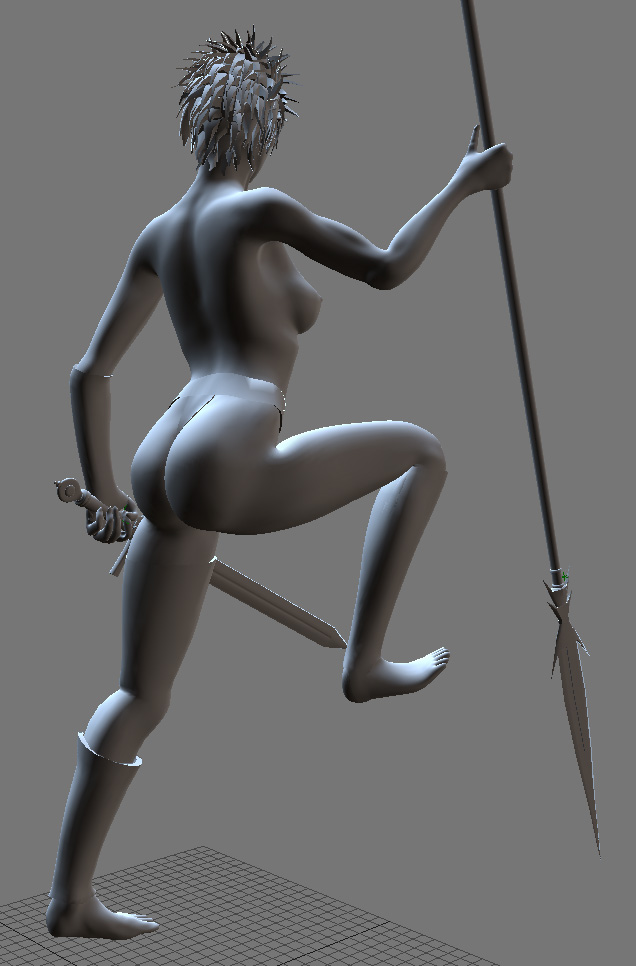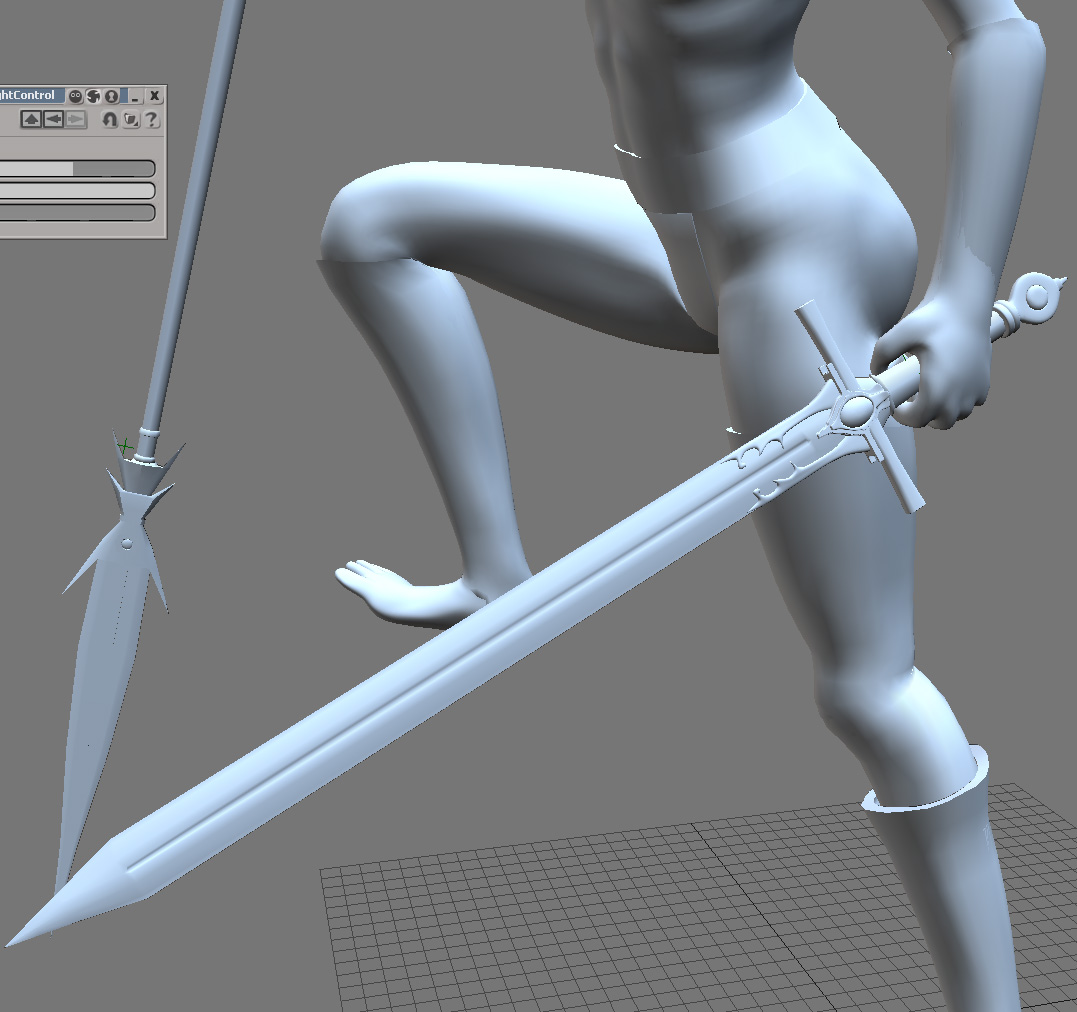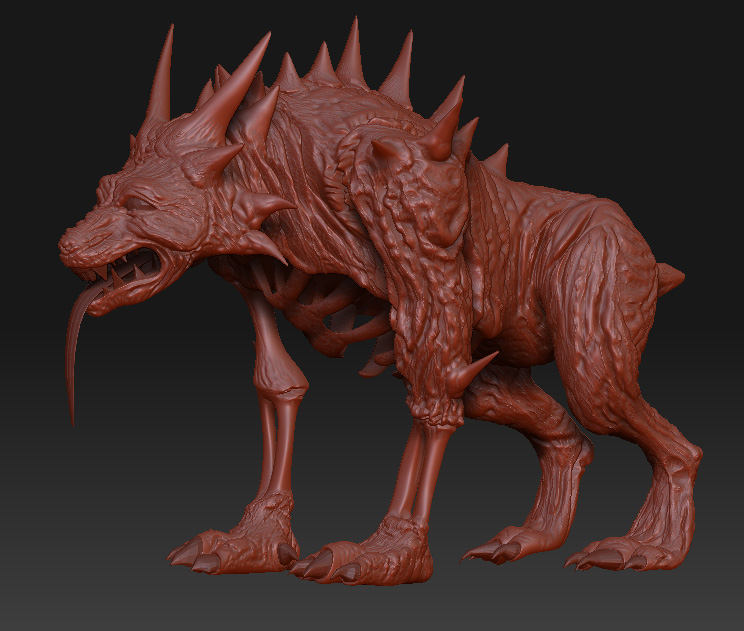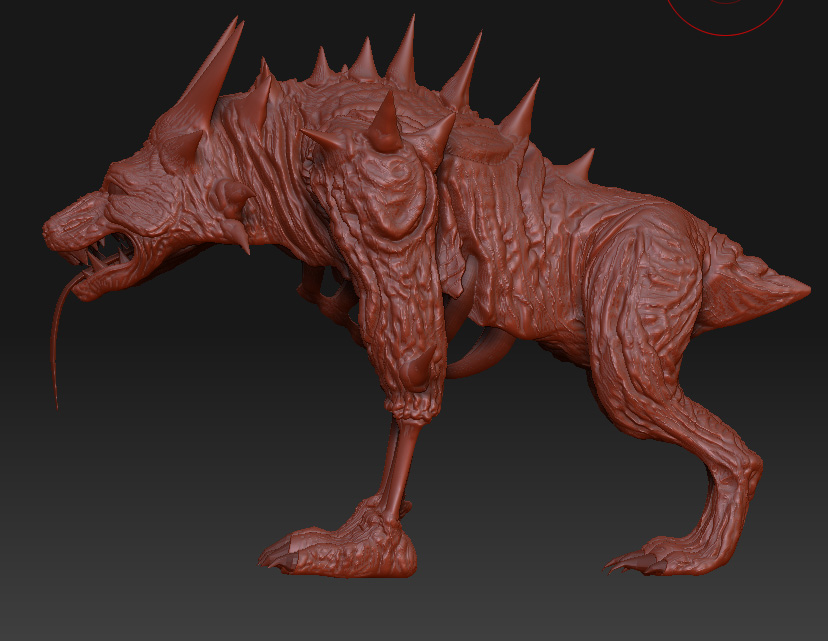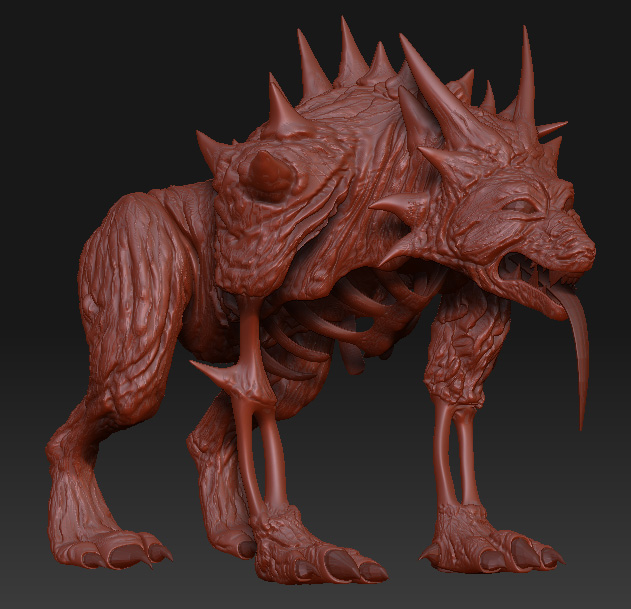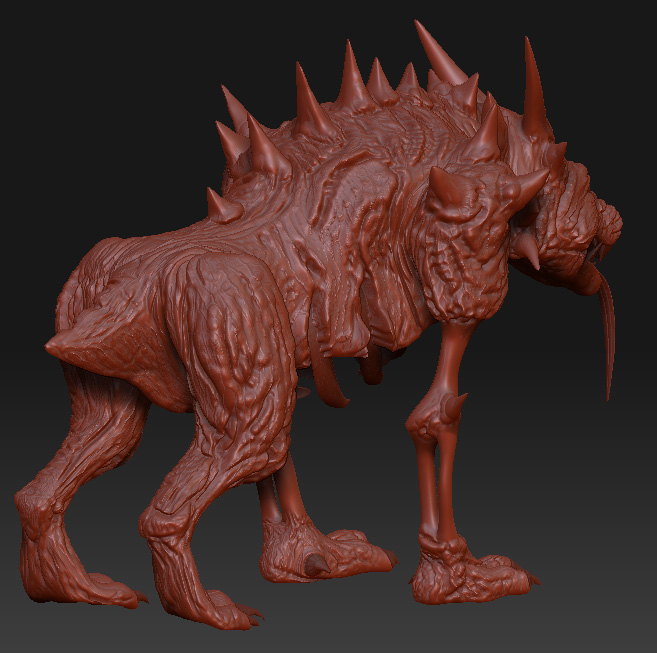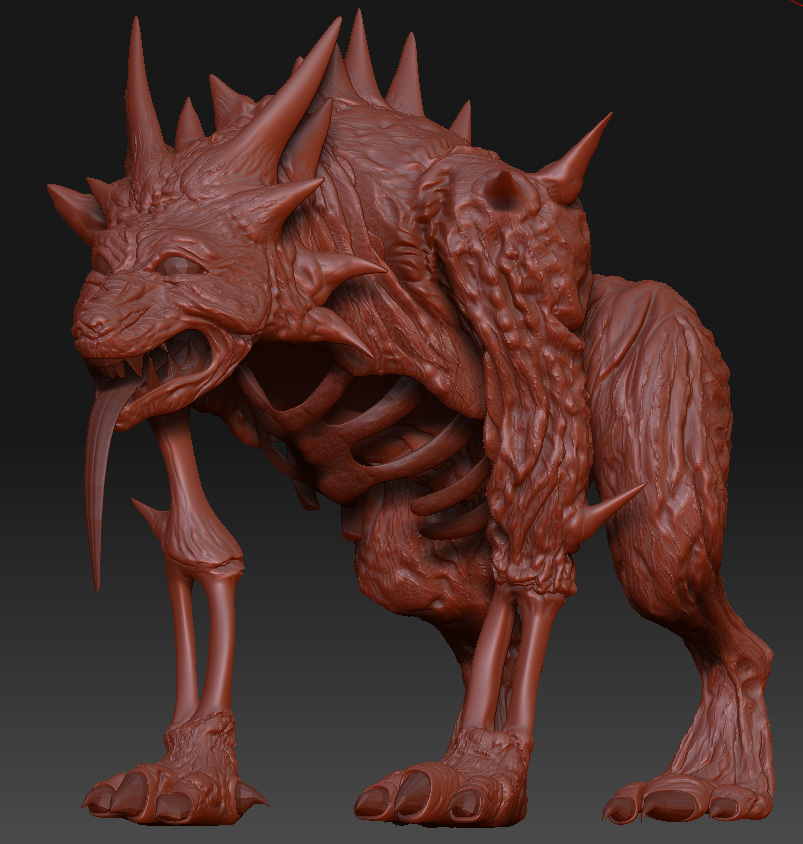glad to offer some help, X.
okay, the first image… I was only trying to point out that in your current pose, the leg I circled is being heavily stressed, carrying nearly all the weight of your character. Viewing your sculpt from all the angles you provided showed me this.
Those yellow lines were just “stress” lines showing that the right thigh muscle is holding up your character.
Something I often use is the “plumb bob” technique. If you pretend to hang a small weight from a string and attach one end to the base of the skull, while letting gravity pull the weight at the other end straight down to the ground plane, it will show you the area in which your character’s “weight” needs to be centered, or balanced around. Now, that is only for a non-moving/standing still character.
Another way to put it is… if you draw a straight line from the base of the skull (where the spine attaches to the skull) down to the ground plane, so that your line meets the ground plane at 90 degrees, (your line and the ground form an upside down ‘T’) it’ll give you a guide as to how you should distribute your character’s weight; equally around that line.
Referring to your character’s pose, and her hips… you can leave her knee pretty much where it is if you want, her leg is fine. What is un-natural is the angle of her hips, in relation to how you’ve posed her legs…
If you stand at attention, like a soldier… and then slowly lift one knee above your waistline, your hip joint will rise as well, tilting the pelvis. It will also redistribute your weight in relation to that “plumb line” I referred to earlier. If you try to lift one knee, and keep your hips parallel to the ground, you’ll fall over. The angle of the hips has to shift, along with the distribution of your weight, over your unlifted leg/knee/foot. Try it in a mirror! Put your fingers at your hip joints, and slowly raise one knee above your waistline… you’ll see the angling of the hips.
On a side note, but related to female anatomy… A woman’s pelvis is shorter, and wider than a man’s (for child birth) but an often overlooked point is that the woman’s pelvis is rotated “forward” more than a man’s is. In other words, from a right hand - side view, her pelvis is rotated clockwise more than a man’s pelvis would be in the same pose.
Hope there’s some help for you in there somewhere.
Good luck, X. Looking forward to your updates.
-Rich



